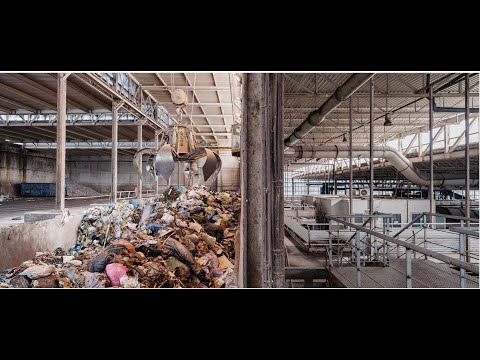
Every time we eat, without being aware of it, we connect our palate to a plethora of remote sites: supermarkets, greenhouses, farms, warehouses, logistics networks, cold chains, wastelands… Beyond their individual roles in the agri-food system, as a whole, this vast, distributed apparatus enables the reassembly of the Earth’s crust into the building blocks of human life. A metabolic architecture allowing us, with every bite, to maintain the integrity of our corporeal composition. Food is geoengineering, it always has been. In a world where the molecular is tectonic, and where every bite we take reverberates across the planet, now more than ever, we must redesign it with its ecosystemic implications in mind, aiming to create a more sustainable, equitable, and resilient future.
Eduardo Castillo-Vinuesa is an antidisciplinary architect, curator and researcher based in Madrid, Spain. He is Associate Professor of Architectural Design at the ETSAM-UPM and an active member of several research groups there, such as the POST-CARBONSCAPES INITIATIVE or the group AGGLUTINATIVE DESIGN DEVICES. Since 2021 he is Director of MEDIALAB MATADERO, an institutional platform managed by MADRID CITY COUNCIL that brings together artists, designers, researchers, thinkers, scientists, engineers, architects, public policy makers and many other agents to collaboratively address issues of social, technological and ecological relevance. He was part of the first cohort of THE TERRAFORMING PROGRAMME at the Strelka Institute in Moscow, a speculative think tank that explores the ecosystemic implications of the Anthropocene for urbanism on a planetary scale.